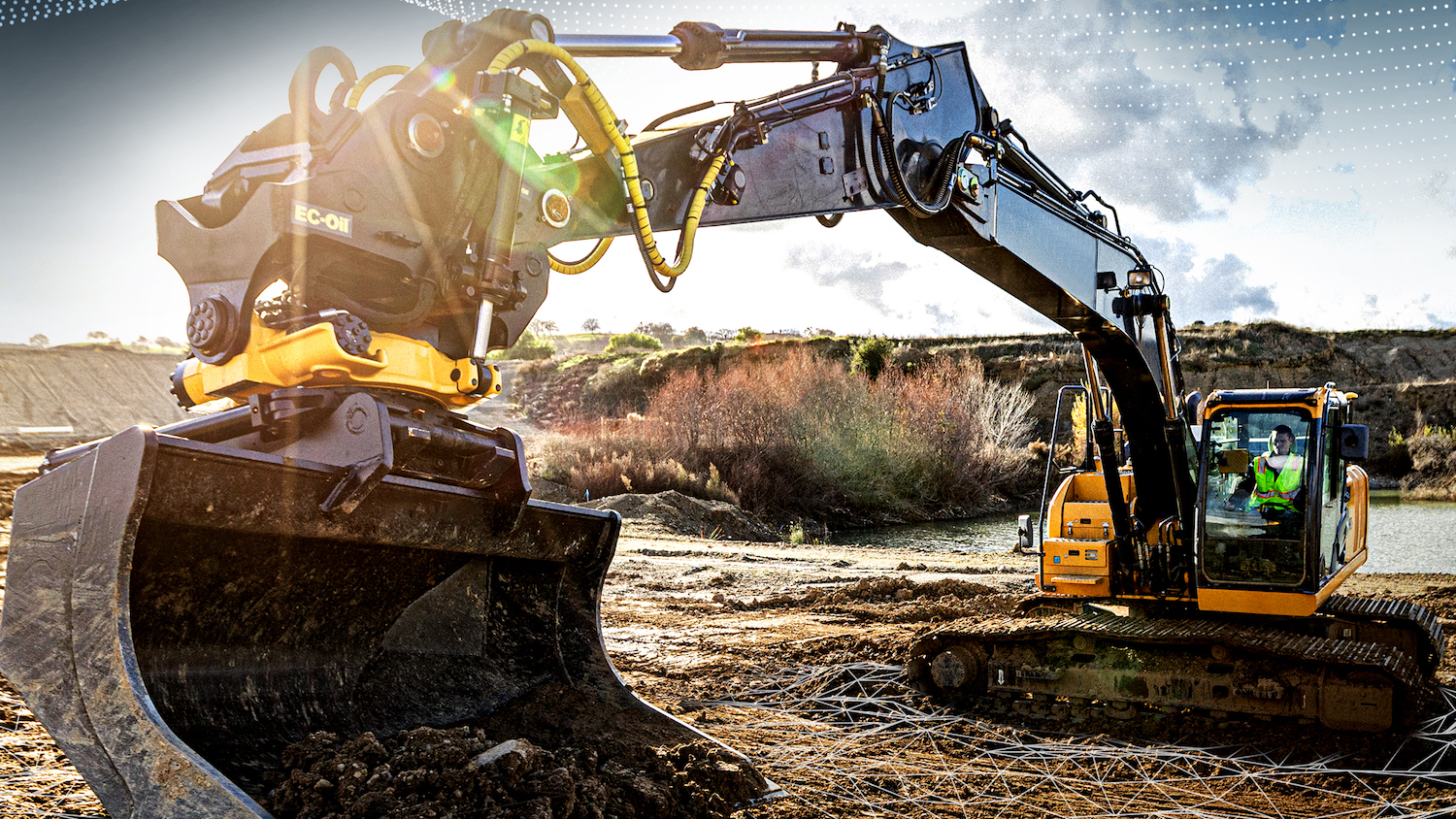
Rather than being a vision of the future, machine control should be adopted en masse to help tackle construction’s current problems.
That’s one of the key messages in a new report from Topcon Positioning Systems.
Research was carried out with 1,000 managers, directors and business owners in construction in late 2022. A quarter of the respondents were from the UK.
Accuracy, efficiency and sustainability were the key benefits of machine control cited by the respondents. Furthermore, nearly three-quarters (72%) said the inclusion of machine control has been a deciding factor in recent tenders.
The report states: “If the industry is to embrace machine control and benefit from it on a large scale, it’s time to share the risk involved upfront. By presenting real incentives that bring short-term return on investment, policymakers can be a catalyst for a change that will supercharge the industry of which they are the biggest customer.”
Adoption is patchy
The report reviews current adoption rates. All but 3% of the respondents claim to use automation in some form. However, less than half (46%) are using it on no more than a quarter of their projects. Nearly a fifth (17%) are using machine control on 51-75% of their projects, while 7% are using it on 75-99% of their projects.
Adoption is greater among larger contractors: 42% of those with 250-500 employees are using machine control. The figure drops to 22% of businesses with 10-49 employees.
Topcon speculates that this could be a result of larger contractors having more capital to invest or that they are working on larger projects that require more comprehensive earthworks and have adopted machine control more readily out of necessity.
The UK’s adoption rate – 32% – lags behind some of its neighbours: Germany and Scandinavia are both on 36%.
Government support needed
The “lack of government initiatives or support for technology adoption“ and ”lack of buy-in from senior decision-makers” were the key barriers to adoption (27% and 26% of all respondents, respectively)
The desire for government intervention is more important for smaller businesses: 32% of them cited a lack of government intervention as a main barrier, compared to just 22% of firms with 100 or more employees.
John Downey, senior director, distributor sales EMEA at Topcon, said: “Investigation into the barriers to adoption reveals a working environment where machine control struggles to compete against a range of other, arguably more immediate concerns for the time and investment.
“It’s in this context that the need for more government support and regulatory pressure is imperative, which will add urgency and incentive to embrace digital construction methods.”
Don’t miss out on BIM and digital construction news: sign up to receive the BIMplus newsletter.














